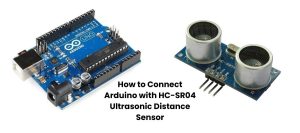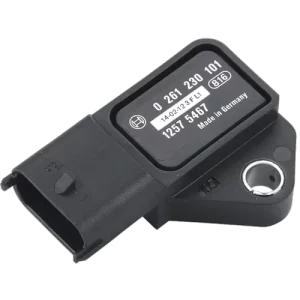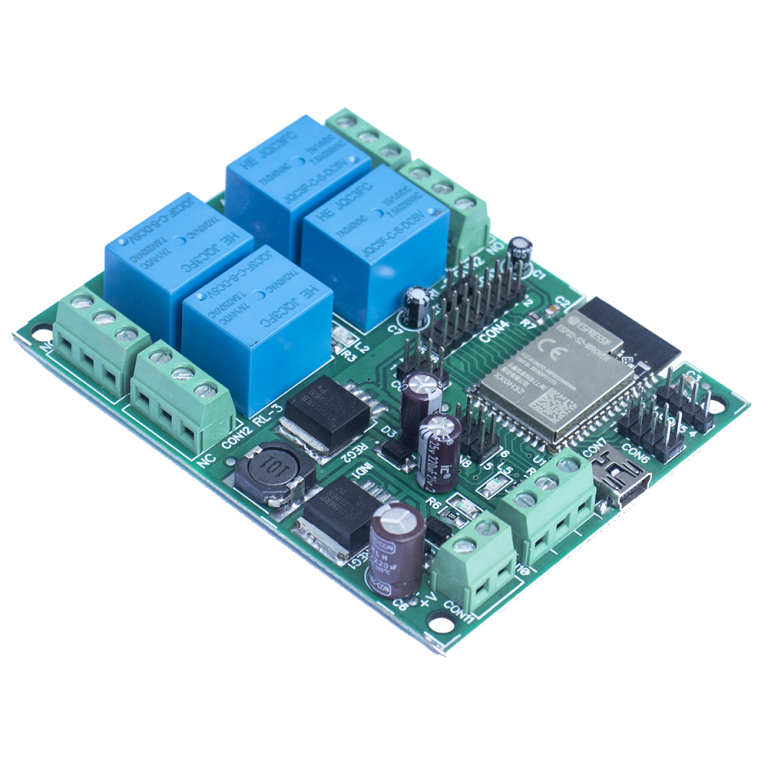Introduction
Temperature sensors, integral to a multitude of applications, serve as the frontline detectors of coldness and heat, seamlessly translating these fluctuations into electrical signals. Their significance spans everyday objects like water heaters and thermometers to critical domains such as geotechnical monitoring and life-saving medications. This article delves into the diverse universe of temperature sensors, unraveling their types, applications, and advantages.
Unveiling the Diversity: Types of Temperature Sensors
Discover the array of temperature sensors, each boasting unique merits and demerits. The primary types include:
1. Thermocouples

Crafted from two dissimilar metals, thermocouples generate an electrical voltage proportional to temperature changes. Widely employed in diverse environments and industries, they offer versatility in temperature measurement.
2. Resistance Temperature Detectors (RTDs)

Functioning as variable resistors, RTDs alter their electrical resistance in direct correlation with temperature shifts. Renowned for precise and repeatable measurements, they find applications demanding high accuracy.
3. Negative Temperature Coefficient (NTC) Thermistors

With a negative temperature coefficient, these sensors witness a resistance drop with rising temperature. Embracing roles in temperature control and monitoring, NTC thermistors serve various applications.
4. Semiconductor-Based Sensors

Incorporated into integrated circuits, semiconductor-based sensors utilize two identical diodes with temperature-sensitive characteristics. Despite offering a linear response, they exhibit the lowest accuracy and slowest responsiveness among basic sensor types.
Advantages of Temperature Sensors:
Temperature Monitoring and Control
Temperature sensors play a pivotal role in monitoring and controlling the temperature of various processes, equipment, and environments. Their contribution ensures optimal performance and safety, especially in scenarios involving extreme heat. These sensors are instrumental in maintaining a specific temperature range, promoting safe usage in hazardous or hard-to-reach measurement sites.
Elevating Food Safety Standards
In the foodservice industry, wireless temperature sensors take center stage, offering continuous monitoring and real-time alerts. This proactive approach aids in preserving food at its ideal temperature, significantly reducing the risk of foodborne illnesses. The application of these sensors reinforces food safety protocols and contributes to maintaining impeccable quality standards.
Cost Reduction Through Smart Solutions
Smart temperature sensors emerge as cost-saving champions. By efficiently regulating room or equipment temperatures, they contribute to reduced electricity expenses. Moreover, the automation of temperature monitoring eliminates the need for manual logging, translating to decreased labor costs. This dual impact positions smart sensors as invaluable assets in the pursuit of operational efficiency.
Boosting Process Efficiency
Temperature sensors act as guardians of optimal operational conditions, enhancing the efficiency of processes and equipment. By ensuring operations occur within the ideal temperature range, these sensors foster increased productivity, minimized downtime, and an extended lifespan for equipment. The cumulative effect is a boost in overall operational efficiency.
Upholding Quality Control in Critical Industries
Industries involved in producing life-saving medications rely on temperature sensors for stringent quality control. These sensors guarantee precise and responsive temperature measurements, a critical aspect in maintaining the highest standards in pharmaceutical production. The result is a seamless integration of technology into quality control processes, ensuring the safety and efficacy of life-saving drugs.
Preventing Equipment and System Damage
The preventative role of temperature sensors cannot be overstated. By vigilantly monitoring and controlling temperature levels, these sensors safeguard equipment and systems from potential damage. The assurance of operating within safe and optimal temperature ranges translates to enhanced durability and reliability of critical infrastructure.
Data-Driven Decision Making
Temperature sensors not only perform real-time monitoring but also contribute valuable data for analysis. Management can leverage this data to gain insights, identify problem areas, and enhance overall business performance. The availability of accurate and comprehensive data improves compliance and inspection performance scores, reinforcing the commitment to excellence.
Navigating Choices: Selecting the Right Temperature Sensor
Choosing a temperature sensor tailored to specific applications demands a nuanced understanding of factors such as temperature range, tolerance, accuracy, interchangeability, and inherent strengths and weaknesses. This knowledge empowers you to make informed decisions, ensuring optimal performance and safety.
In Conclusion
Temperature sensors emerge as indispensable contributors across various applications and industries, offering vital temperature insights crucial for the efficient and secure operation of systems and processes. Armed with knowledge about diverse sensor types and their applications, one can make judicious choices, guaranteeing optimal performance and safety in their unique applications.





















+ There are no comments
Add yours